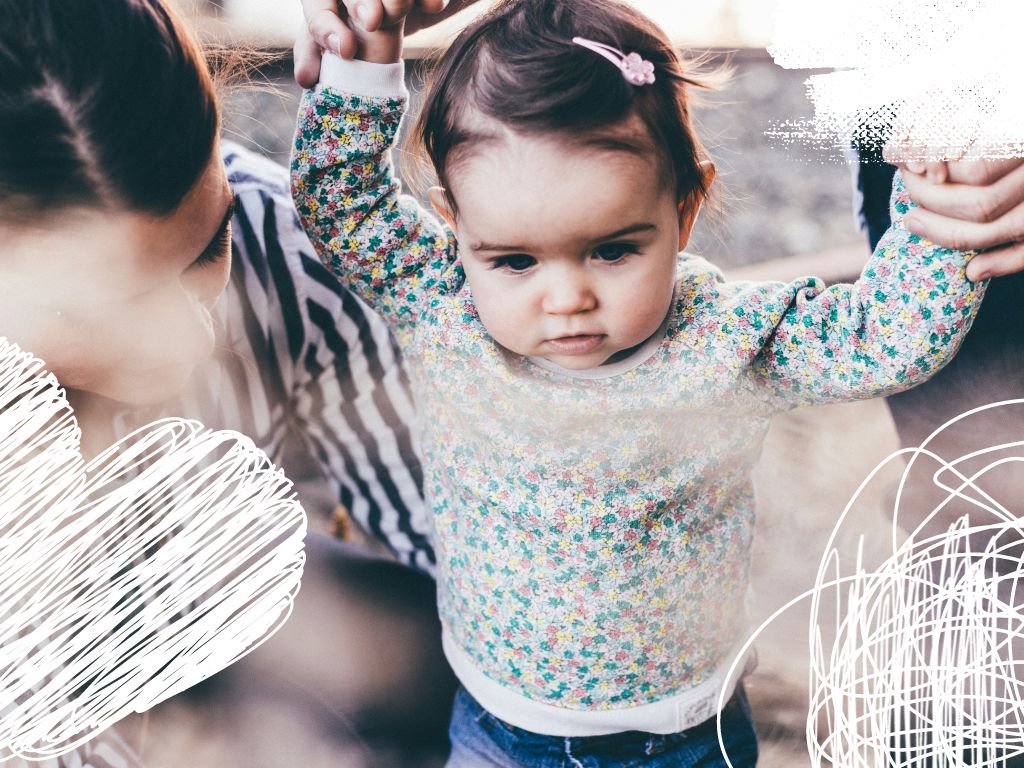Positive Communication with Children: Keys to Harmonious Development
The Les Mousquetaires nursery reveals the secrets of positive communication...
Do you sometimes feel helpless when faced with your child's behavior? He ignores you, challenges you... It's normal! Communicating with toddlers can be a real challenge. There are solutions to establish a constructive and positive dialogue.
Positive communication is like a game that we can all learn to play! Discover how the “Les Mousquetaires” nursery transforms “NO” into “YES” and creates a close relationship with your children.
Adopting positive communication with children is much more than just verbal exchange. It is establishing a relationship of trust based on mutual respect, active listening and encouragement. It is a valuable tool for preventing and resolving conflicts.
By using positive communication, we can help children develop better self-esteem and overcome the difficulties they encounter. It's like a magic wand that turns arguments into games and tears into smiles.
Positive communication is the foundation of a harmonious relationship with toddlers, promoting their awakening and well-being. By communicating in a positive way, we build a relationship with baby based on trust and cooperation.
In concrete terms:
Put yourself in the child's shoes : Try to understand what's motivating his behavior. Is he tired, frustrated, or just looking for attention?
Use simple and positive language : Avoid judgments and reproaches. For example, instead of saying "You're mean", prefer "I see that you're angry, can we talk about it?"
Offer alternatives : If the child is behaving inappropriately, suggest a more appropriate action. For example, if he throws a toy, you can say, "Toys, put them down gently. You can choose another toy to play with."
Celebrate successes : Don't hesitate to praise your child when he or she exhibits positive behavior. This will reinforce his or her motivation to do the same in the future.
Some key phrases for positive communication:
I understand that you are... (angry, sad, etc.)
We can try to do it differently, okay?
I am proud of you when you...
Together we will find a solution.
Neuroscience shows us that children are more receptive to positive things . It is therefore more effective to offer them alternatives rather than to prohibit them. Positive communication consists of directing their actions towards what is possible rather than focusing on what is forbidden. By using positive language, we create a climate of trust that encourages the child to explore and learn.
Here are some everyday situations where positive communication makes a difference:
Alicia : Instead of reprimanding Alicia for her behavior, the educator invites her to express her emotions and find a more appropriate solution. By suggesting that Alicia express her feelings with words, the educator teaches her to manage her emotions in a constructive way.
Dylan : Instead of blaming Dylan for spilling his cup of water, the educator empowers him by asking him to help clean up. By transforming a negative situation into a learning opportunity, the adult encourages Dylan's autonomy.
Positive communication is about transforming "no" into "yes", reproaches into solutions, and punishments into learning. By adopting benevolent communication, we offer children a relational model based on respect and trust. By asking the child how he would consider cleaning, we make him an actor in the solution and develop his sense of responsibility.
Children are like sponges, absorbing everything they see and hear. Their parents are their first references, and they learn by observation and imitation. That is why it is essential that adults adopt behaviors that they want to see reproduced by their children.
Some key points:
Example speaks louder than words : Children learn more from actions than from words. If a parent tells their child not to yell, but they do it regularly, the child will have a hard time understanding this inconsistency.
Kindness is contagious : By speaking to your child with kindness and respect, you teach them to communicate in a positive way in turn.
To err is human : By acknowledging one's own mistakes and apologizing, one shows the child that it is normal to make mistakes and that it is possible to repair one's mistakes.
Consistency is key : It is important that words and actions are consistent. If you ask your child to be patient, you must be patient in your interactions with him.
For effective positive communication, it is essential to seek to understand the needs underlying the child's behaviors. Indeed, behind each reaction, there is often a need for autonomy, security or expression.
Example :
Helena fell at the park and won't stop crying. The teachers tell her that it's not serious in an attempt to calm her down. It was when we asked Helena to express her pain, to show us where she was in pain, how it hurt, that we looked at this little "bump" together. She then chose her bandage! Allowing the child to express their emotions is the key that will allow them to get out of it and move on.
The key to positive communication is being able to put yourself in the child's shoes and respond to their emotional needs.
Some little magic phrases in everyday situations:
“Don’t run” becomes “Take it easy” or “I’d rather you walk.”
"Don't cry, it's nothing!" becomes "Does it hurt? Do you want to show me how to fix it?"
“Don’t throw this toy” becomes “This toy stays in your hand.”
“Don’t forget your hat” becomes “Think about your hat”.
“Don’t go on the road” becomes “Stay on the sidewalk.”
“Don’t jump on the couch” becomes “Sit on the couch.”
“Don’t hit” becomes “Use your hands gently.”

